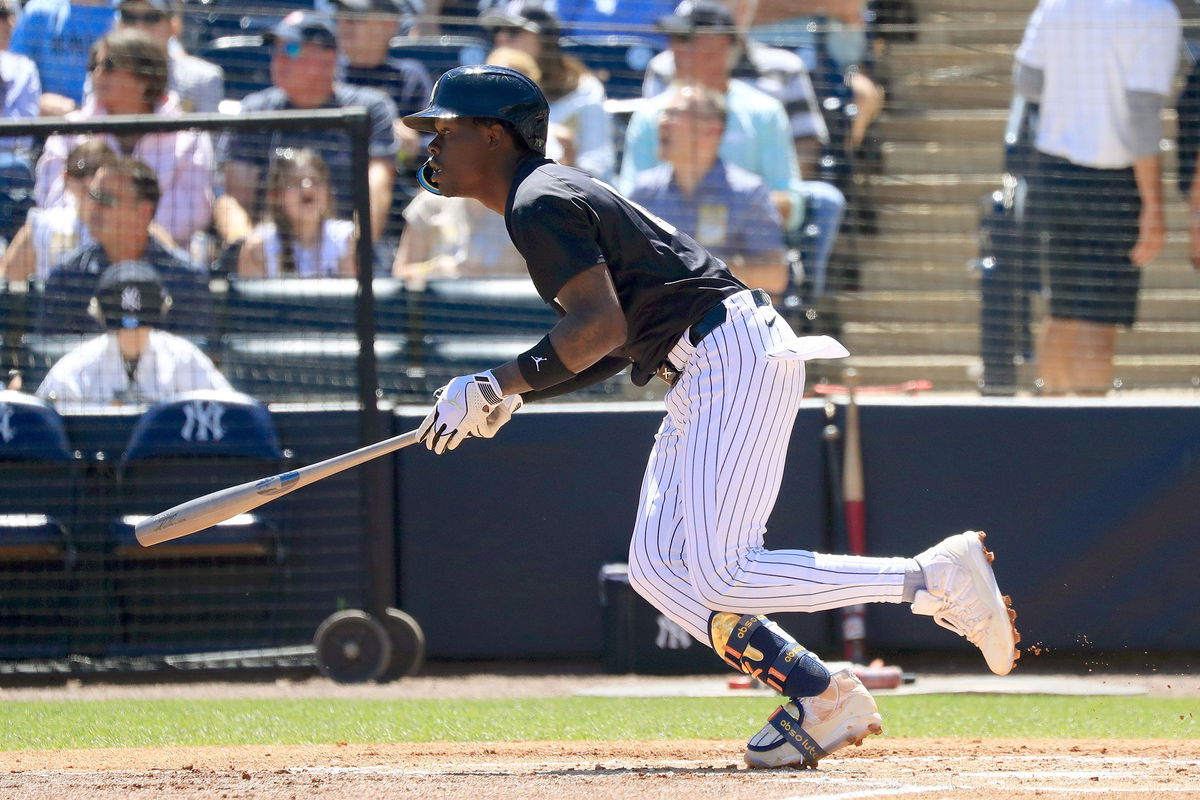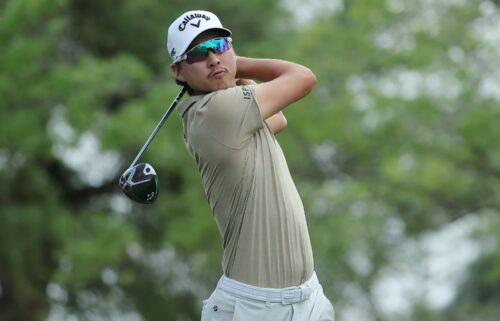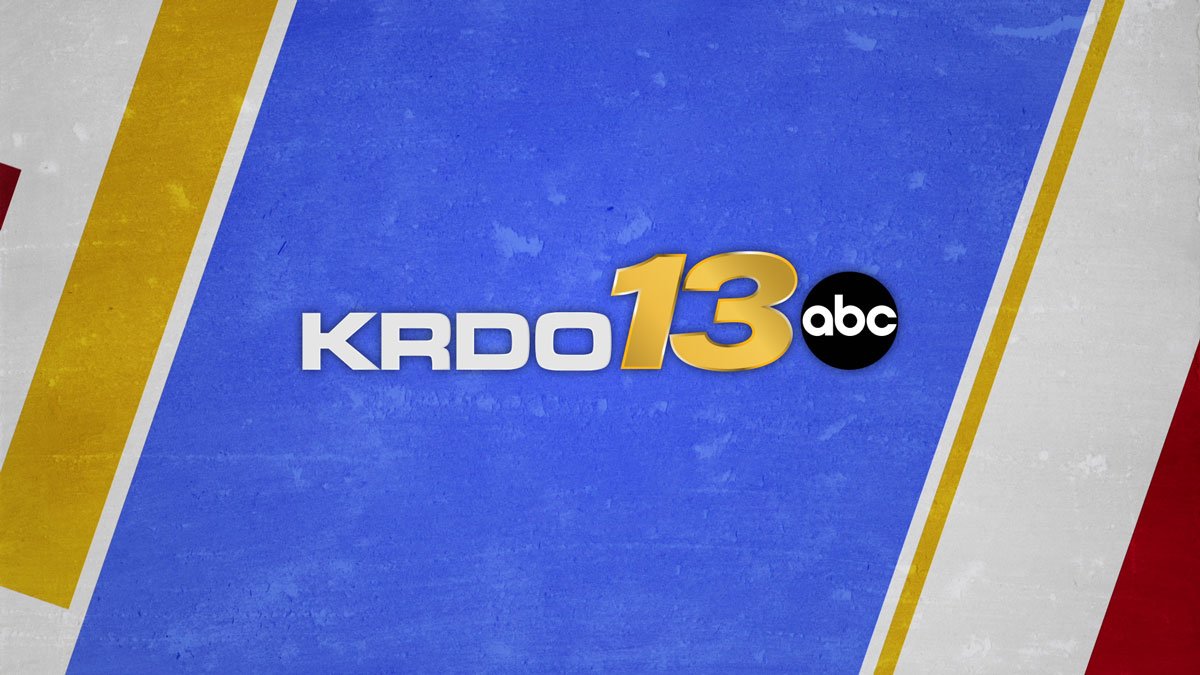A spring training’s worth of the automated ball-strike challenge system: Are robot umps coming to MLB?

Jazz Chisholm Jr. successfully challenged a called third strike using the Automated Ball-Strike challenge system during a spring training game.
By Julia Andersen, CNN
(CNN) — The New York Yankees’ Jazz Chisholm Jr. showed how to confidently use the still-in-trial Automated Ball-Strike System (ABS) in a spring training game against the Boston Red Sox last week – so confidently that he started jogging to first base before a decision was even made.
In the bottom of the sixth inning, with a runner on base, one out and facing a full count, Chisholm had a third strike called on him by the home plate umpire, which he thought was below the strike zone. The outfielder immediately tapped his helmet and started heading for first.
To any baseball fans who haven’t been watching this season’s spring training games, it would have been utterly confusing.
What’s been going on with ABS?
Major League Baseball (MLB) has been testing the ABS challenge system during certain 2025 spring training games to explore its suitability for possible full-time use in the future and to identify further changes in minor league game use.
The minor leagues began testing a full ABS system in 2021 before it reached the Triple-A level, one step below the majors, in 2022. This full system was what many called “robot umps,” where a video system replaced human umpire calls entirely.
Part of that early trial and error period revolved around defining the ABS strike zone to ensure the system accurately adjusted to each batter’s strike zone based on their height.
Midway through last season, Triple-A announced a move to ABS, which fans got a glimpse of in the recently concluded spring training games.
A memo from MLB regarding the change said the use of the technology had “become the preferred system over full ABS among both in-uniform personnel and fans.”
What is the exactly is the challenge system?
An umpire still calls balls and strikes, but a challenge results in a review of pitch location using Hawk-Eye technology.
Each team starts the game with two challenges. Like replay reviews introduced during the 2014 season, a team maintains its challenge if the disputed call results in an overturned decision and loses it if the original call is confirmed.
In the Chisholm example, the Yankees maintained their challenge because the pitch was overturned from a strike to a ball.
However, unlike in the replay reviews, only the batter, pitcher or catcher can call for an ABS challenge. Meaning the manager and other teammates must rely on one of those players to have a reliable eye. Not all challenges will be made as confidently as Chisholm’s, but knowing when to use your team’s challenges will involve some strategy. A questionable called third strike or fourth ball with the bases loaded might be a more useful time to challenge a call than an early inning bases-empty encounter.
To challenge a disputed call, the batter must immediately tap his helmet to signal for an ABS review.
An image with the location of the pitch and the result of the challenge is then shown on the stadium video board and for viewers at home to see the results in real time. According to MLB.com, the visual component is still being tinkered with to ensure the broadcasted graphics are not used in a way that helps teams identify the best pitches to challenge.
Baseball traditionalists need not worry, though. The “robots,” even part-time ones, aren’t coming to the major leagues just yet, and with spring training now complete, pitch calls return to their status as unreviewable (for the time being).
Rule changes we will see this season
The 2025 season will see several new rule changes.
Shift rules introduced in 2023 change slightly this year with an illegally positioned infielder fielding the ball now resulting in the batter being placed on first – and all base-runners moving up a base. The player who fields the ball will also be charged with an error.
Previously, a play like this would have resulted in a ball being added to the count. The rule remains that the batting team can still choose to accept the play’s result rather than the free base.
The second rule change involves when a runner runs through second or third base. In a situation where a runner beats the throw but runs through the base – excluding first – the umpires can call the trailing runner out for abandoning the bag.
These new rules are set while the ABS challenge system is still workshopped in the minor leagues. So, for now, umpires, batters, and the occasional irate manager can still meet at home plate to snarl over balls and strike calls.
The-CNN-Wire
™ & © 2025 Cable News Network, Inc., a Warner Bros. Discovery Company. All rights reserved.


